In business communication, an RFI (Request for Information) is a key tool for gathering detailed information from potential suppliers or service providers. This article aims to define an RFI, explain its role in procurement, and explain how it differs from similar documents, such as RFQs (Request for Quote) and RFPs (Request for Proposal).
Understanding these distinctions is essential for efficient and effective business operations. We will also introduce Wondershare PDFelement, a versatile tool that simplifies making and managing RFI documents. This tool can speed up your procurement processes and ensure you gather the information needed to make informed choices.
In this article
Part 1. What is an RFI?
An RFI (Request for Information) is a formal procurement document. It aims to gather key details and insights from potential vendors or suppliers. Its main purpose is to collect full information about the abilities of suppliers. This includes their products and services. This helps organizations make informed decisions when they buy things. Below are the components of RFI:
- Company Background: Provides an overview of the vendor's history, expertise, and industry experience.
- Product/Service Details: This section describes the product or service, including its features, functions, and any unique selling points.
- Technical Specifications: The specifications outline specific requirements or standards, which the vendor's products or services must meet.
- Pricing Information: They want details on pricing. This includes costs, fees, and any discounts or incentives.
- Delivery Timelines: Seeks clarity on when the proposed products or services will be delivered or completed.
RFIs are crucial in procurement. They help organizations compare vendors and clarify requirements, narrowing down options before moving to RFQs or RFPs.
Importance of RFI
RFIs (Requests for Information) are key. They enhance business operations in many ways:
- Market Research: RFIs are valuable for market research. They let organizations gather insights into industry trends, new technologies, and competitor offerings.
- Vendor Evaluation: They make it easy to evaluate vendors by asking for details on capabilities, experience, pricing, and services. This helps businesses find the best partners.
- Project Planning: RFIs aid in project planning. They provide key data that informs decisions, reduces risks, and ensures alignment with project goals and needs.
- Informed Decision Making: RFIs empower organizations to make informed decisions. They do this by collecting relevant info from potential suppliers or vendors. This fosters transparency and improves procurement processes.
RFIs are key tools. They streamline operations, create transparency, and drive business success.
Difference between RFI, RFQ, and RFP
RFIs, RFQs, and RFPs are vital procurement documents. Each serves a distinct purpose in selecting vendors.
| Aspect | RFI (Request for Information) | RFQ (Request for Quotation) | RFP (Request for Proposal) |
| Purpose | Gather information and insights from potential vendors | Solicit price quotes for specific products/services | Solicit detailed proposals addressing project requirements |
| Characteristics | Exploratory, focusing on information gathering | Formal, providing detailed specifications | Comprehensive, outlining project objectives and deliverables |
| Usage | Initial stages of vendor selection, market research | Clearly defined needs, ready to compare prices | Complex projects requiring detailed proposals |
| Example | Construction: Gathering info on eco-friendly practices | Manufacturing: Requesting quotes for raw materials | IT: Soliciting proposals for infrastructure upgrade |
This table compares RFIs, RFQs, and RFPs. It covers their purpose and features, explains when to use them, and gives examples of their use in different industries.
When to Use RFI
RFIs are best used early in project planning. Organizations need information on potential solutions or vendors. They are particularly beneficial when conducting market research or exploring new markets. RFIs help businesses gather lots of information. They learn about vendor capabilities, products, services, and pricing.
At the start of procurement, RFIs let organizations make informed decisions. They clarify requirements and narrow down options. This happens before moving on to more specific RFQs or RFPs. Ultimately, RFIs streamline vendor selection and project planning, driving efficiency and success.
How can Wondershare PDFelement facilitate the writing of RFI?
Wondershare PDFelement - PDF Editor Wondershare PDFelement Wondershare PDFelement is a versatile PDF editor. It offers many features to streamline making and managing documents. PDFelement has many tools and features for writing RFIs (Request for Information). They can greatly improve efficiency and professionalism.
PDF Merge
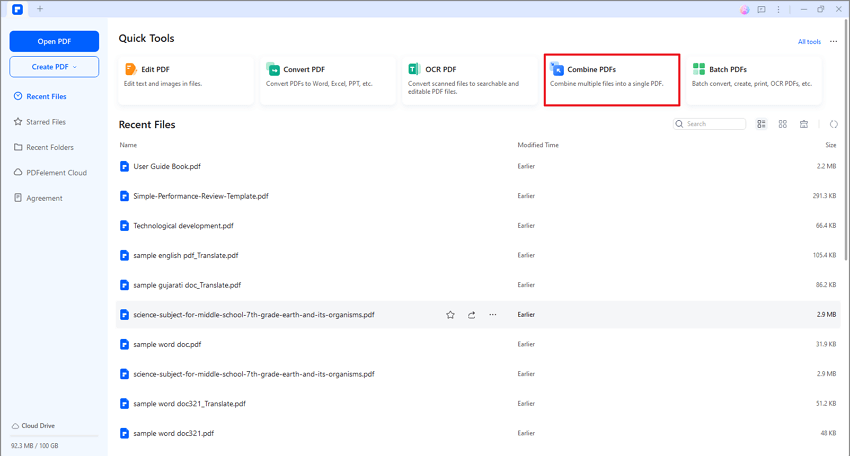
PDFelement allows users to merge multiple PDF documents into a single file with ease. This feature is very useful. It helps when compiling an RFI from different sources. Users can merge company background, product details, technical specs, pricing, and delivery times. They can do this into a single RFI document quickly and efficiently.
Conversion Tools
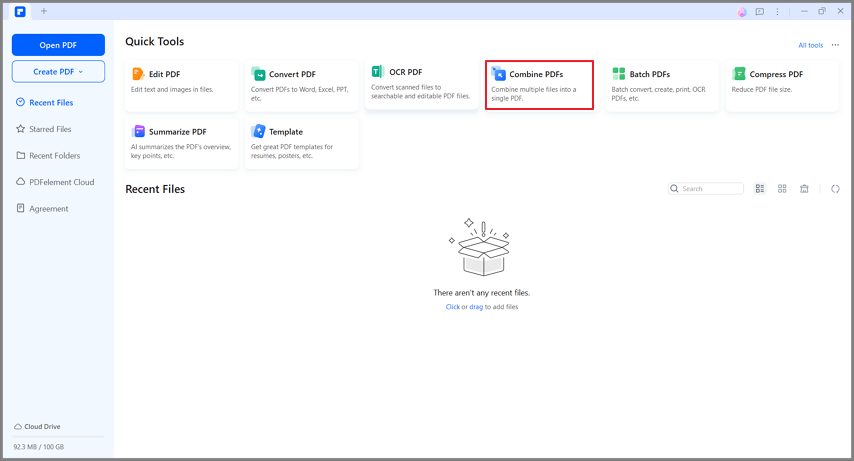
PDFelement supports conversion to and from many file formats, including Word, Excel, PowerPoint, and more. This feature lets users convert RFI documents into editable formats. They can then customize or collaborate with team members without PDF software. Users can also convert outside documents into PDFs and add these PDFs to the RFI.
E-Signature Integration
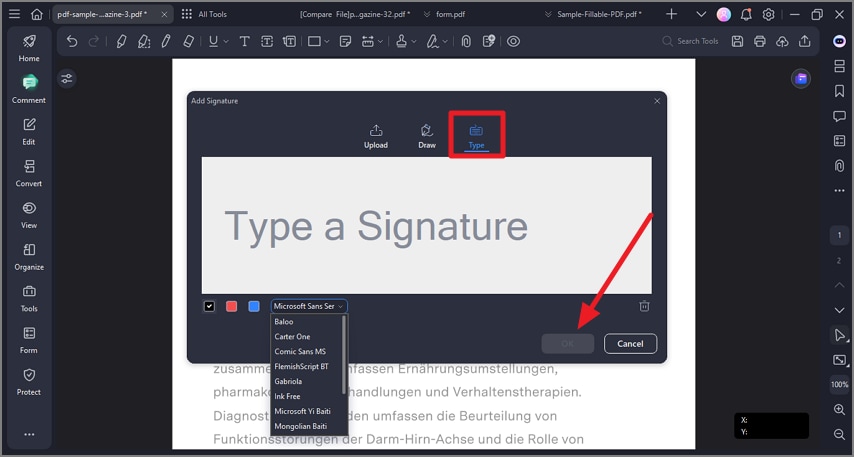
PDFelement has e-signature integration. Users can use it to sign RFIs and get signatures from stakeholders or vendors. This feature eliminates the need for printing. It also ends with signing, scanning, and emailing docs back and forth. It saves time and cuts administrative overhead. E-signed RFIs also enhance professionalism and security by ensuring document authenticity and integrity.
Compression Tools
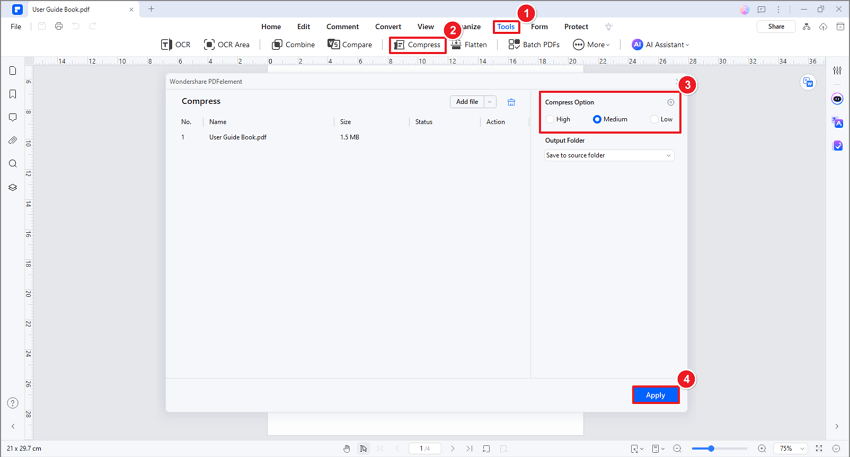
PDFelement offers compression tools. These reduce the file size of PDF documents without hurting quality. This is especially helpful when sharing RFIs by email or uploading them online. Compressing RFI documents can save storage space. It also speeds up transmission and ensures smooth distribution to vendors and stakeholders.
Customizable Templates
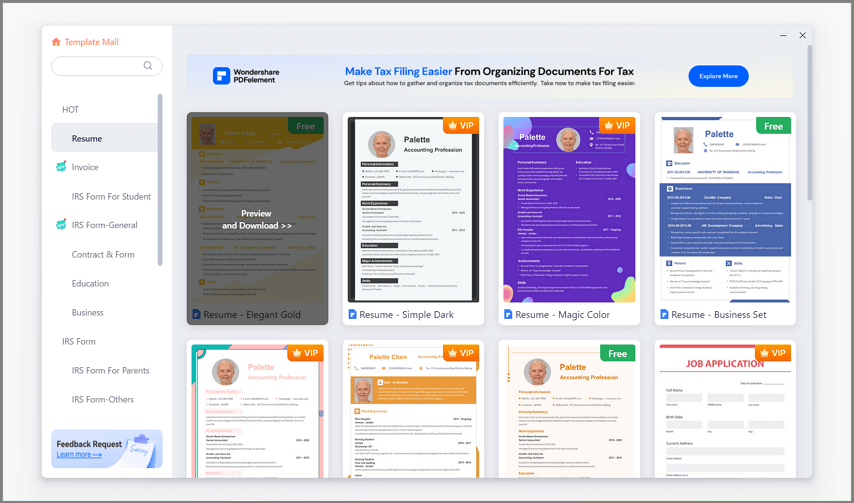
PDFelement offers customizable templates for creating professional-looking RFIs quickly. Users can choose from many pre-designed templates. Or, they can make custom templates tailored to their organization's branding and requirements. You can customize templates. They make RFI formatting, branding, and messaging consistent. This makes them more professional and on-brand.
Organization Tools
PDFelement provides various organization tools such as page management, annotation, and bookmarking features. Users can organize RFI documents. They can do this by rearranging pages. They can also add notes for clarity. They can create bookmarks for navigation. The tools improve document readability. They also improve accessibility and professionalism. This makes it easier for stakeholders to review and give feedback on RFIs.
AI Enhancements
PDFelement incorporates AI-powered features that simplify document editing and formatting tasks. The software's AI enhancements include smart paragraph recognition, editing suggestions for text, and the ability to edit images. These features make RFI document creation more accurate and efficient and let users focus on content, not formatting.
Conclusion
RFIs (Request for Information) are vital tools in the procurement process. They help gather key details and insights from potential vendors or suppliers. RFIs are key at the start of project planning. They are also important during market research or when assessing vendors. They inform decision-making and ensure the success of procurement. To improve RFIs, work on creating, collaborating on, and securing them. I highly recommend using Wondershare PDFelement. PDFelement has customizable templates, collaboration tools, and robust security. It empowers organizations to improve their procurement processes' efficiency, professionalism, and security. This ultimately drives success in vendor selection and project planning.

 G2 Rating: 4.5/5 |
G2 Rating: 4.5/5 |  100% Secure
100% Secure



